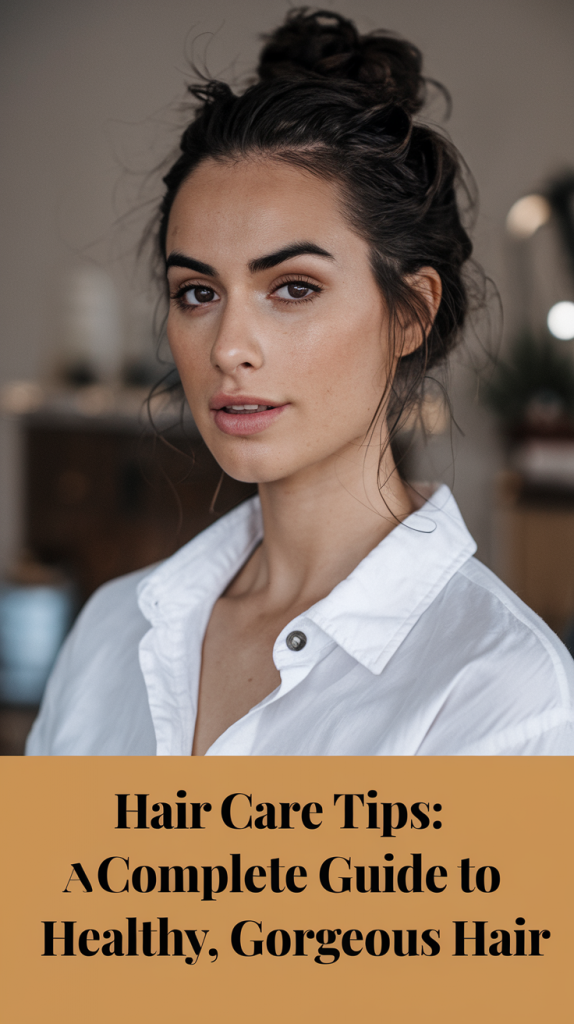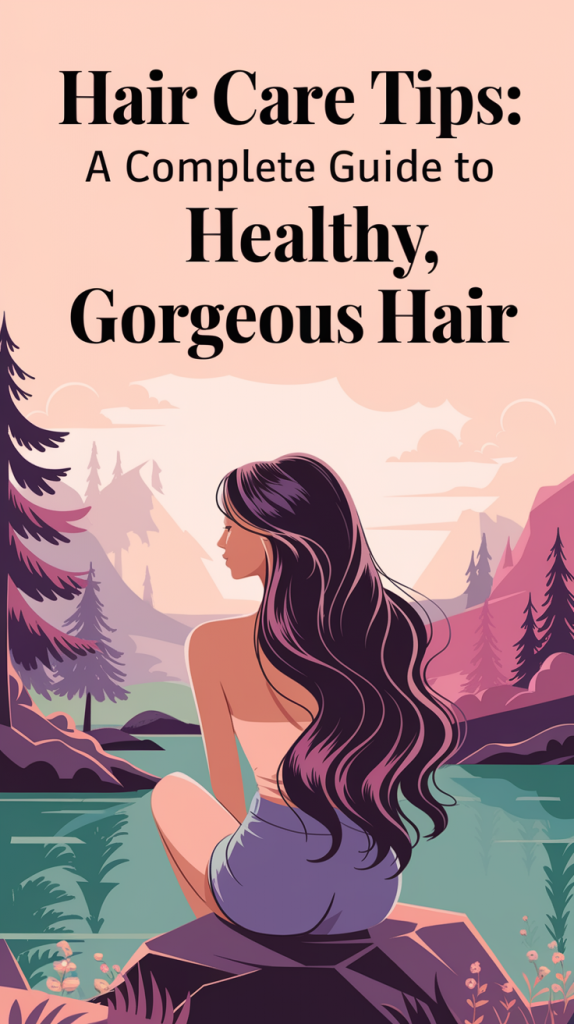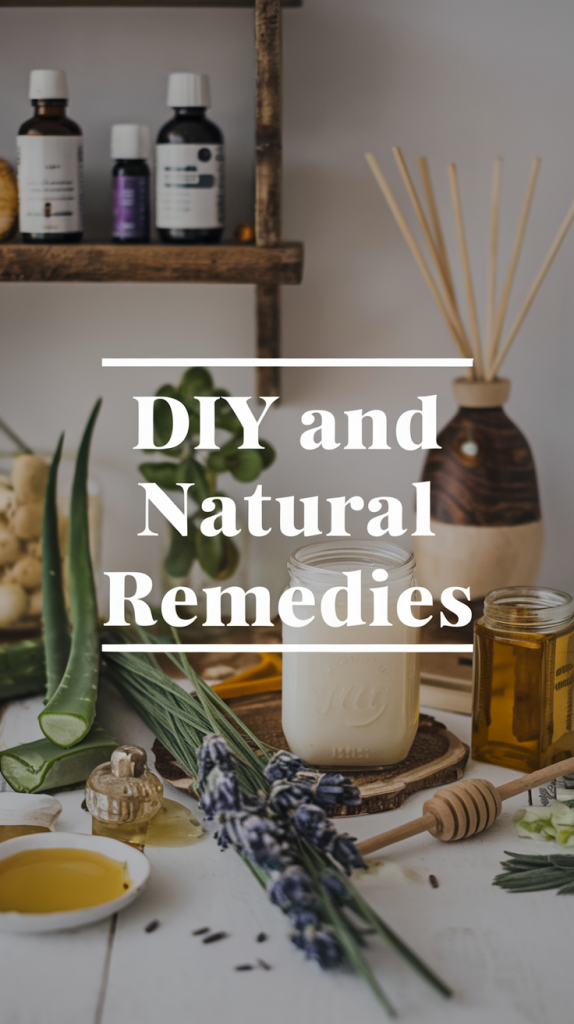Hair Care Tips: A Complete Guide to Healthy, Gorgeous Hair
Maintaining healthy, vibrant hair is not just about looking good—it’s about understanding your hair’s unique needs and treating it with care. In this comprehensive guide, I’ll share my expert insights and personal experience to help you achieve luscious locks, no matter your hair type or concerns.

Understanding Your Hair Type
Knowing your hair type is the foundation of effective hair care. Whether your hair is straight, wavy, curly, or coily, each type has unique characteristics that require tailored care strategies:
- Straight Hair: Often prone to oiliness; needs lightweight products to avoid buildup.
- Wavy Hair: Balances between straight and curly; benefits from light hydration and frizz control.
- Curly Hair: Requires extra moisture and gentle handling to maintain curl definition.
- Coily Hair: Highly textured and prone to dryness; thrives on deep hydration and protective styles.
| Hair Type | Common Challenges | Suggested Care |
|---|---|---|
| Straight | Oiliness, lack of volume | Lightweight shampoos, volumizing sprays |
| Wavy | Frizz, dryness | Light hydration, anti-frizz serums |
| Curly | Tangles, dryness | Deep conditioning, co-washing |
| Coily | Breakage, dryness | Heavy moisturizers, protective styles |
Cleansing and Conditioning
Choosing the Right Shampoo and Conditioner
Your products should match your hair type and specific concerns. For instance:
- Sulfate-free shampoos: Gentle on hair, suitable for color-treated or curly hair.
- Moisturizing conditioners: Ideal for dry or damaged hair.
- Clarifying shampoos: Useful for removing product buildup but should be used sparingly.
Proper Washing Technique
- Frequency: Wash your hair 2-3 times a week to maintain natural oils. Adjust based on your lifestyle and hair type.
- Detangle Before Washing: Use a wide-tooth comb to minimize tangles.
- Scalp Focus: Massage shampoo into the scalp for a thorough cleanse.
- Thorough Rinse: Ensure no residue remains to prevent buildup.
Drying and Styling
Gentle Drying Methods
- Microfiber Towels: Reduce frizz and breakage by gently blotting excess water.
- Air Drying: Whenever possible, let your hair air dry to minimize heat damage.
| Drying Method | Benefits | Recommendations |
| Microfiber Towels | Reduces frizz, prevents damage | Gently blot instead of rubbing |
| Air Drying | Prevents heat damage | Use leave-in conditioner |
| Blow Drying | Adds volume (with heat protect) | Keep on low heat setting |
Heat Styling Precautions
- Heat Protectants: Always apply a protectant before using tools like curling irons or straighteners.
- Moderate Use: Limit heat styling to 1-2 times a week.

Addressing Specific Hair Concerns
Hair Loss
- Causes: Genetics, stress, poor nutrition.
- Solutions: Scalp massages, biotin supplements, and consulting a dermatologist for persistent issues.
Dandruff
- Remedies: Use shampoos with zinc pyrithione or natural remedies like tea tree oil.
- Prevention: Maintain scalp hygiene and avoid heavy oils on the scalp.
Dry Hair
- Treatments: Use hydrating masks weekly, such as avocado or yogurt masks.
- Daily Tips: Avoid overwashing and use leave-in conditioners.
Oily Hair
- Solutions: Use dry shampoo between washes and apply conditioner only to the ends.
- Clarifying: Use clarifying shampoos once a week to balance oil production.
Seasonal Hair Care
Winter Tips
- Protect hair from dryness caused by heating systems with deep conditioners.
- Use hats or scarves lined with silk to minimize static and friction.
Summer Tips
- Protect from UV rays with SPF hair sprays.
- Hydrate hair with masks to counteract chlorine or saltwater exposure.
Nutrition and Hydration
A healthy diet is crucial for strong, shiny hair:
- Omega-3 Fatty Acids: Found in salmon, walnuts, and flaxseeds.
- Biotin: Present in eggs, nuts, and sweet potatoes.
- Vitamins A, C, and E: Support scalp health and promote growth.
- Hydration: Drink plenty of water to keep your scalp moisturized.
| Nutrient | Benefit | Sources |
| Omega-3 Fatty Acids | Strengthens hair strands | Salmon, flaxseeds, walnuts |
| Biotin | Promotes growth | Eggs, almonds, sweet potatoes |
| Vitamin E | Prevents damage | Spinach, sunflower seeds |
DIY and Natural Remedies
DIY Hair Masks
- Hydrating Mask: Blend avocado and honey for moisture.
- Protein Mask: Use eggs and yogurt for strength.
- Scalp Mask: Mix aloe vera and tea tree oil for a healthy scalp.
Natural Rinses
- Apple Cider Vinegar: Adds shine and balances pH levels.
- Green Tea: Soothes the scalp and reduces irritation.
Tools and Accessories
- Use wide-tooth combs to detangle wet hair.
- Opt for boar-bristle brushes to distribute natural oils.
- Sleep on silk pillowcases to reduce friction and prevent frizz.
- Avoid elastic bands that tug on hair; use scrunchies or spiral hair ties.
FAQs
Q1: How often should I wash my hair?
It depends on your hair type and lifestyle. Generally, 2-3 times a week is ideal.
Q2: What can I do to prevent split ends?
Schedule trims every 6-8 weeks, use heat protectants, and avoid overusing heat tools.
Q3: How do I maintain color-treated hair?
Use color-safe shampoos, deep conditioners, and limit sun and chlorine exposure.
Q4: What are the benefits of sulfate-free shampoos?
They are gentler, preserve natural oils, and are ideal for sensitive scalps and color-treated hair.
Q5: How can I protect my hair from pollution?
Wear hats or scarves, and use products with antioxidants to shield your hair from environmental damage.
Q6: Are there specific tips for curly hair?
Yes! Curly hair benefits from co-washing (using conditioner instead of shampoo), regular deep conditioning, and avoiding sulfates and silicones.

